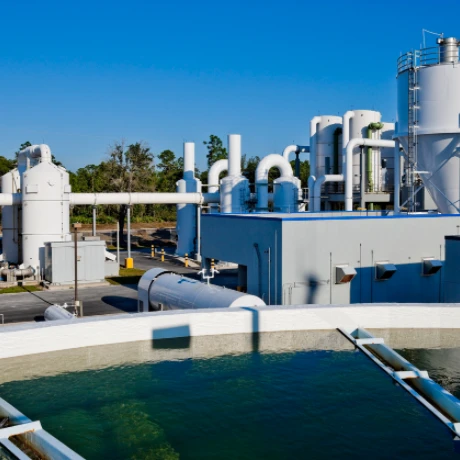



Polyacrylamide Manufacturing Process - Innovative Solutions for Your Industrial Needs
The Polyacrylamide Manufacturing Process An Overview
Polyacrylamide (PAM) is a versatile polymer widely used in various industries, including agriculture, water treatment, and petroleum extraction. The manufacturing process of polyacrylamide involves several key steps, each critical to ensuring the quality and properties of the final product.
The production of polyacrylamide primarily begins with the polymerization of acrylamide monomers. This process is generally carried out in an aqueous solution, where acrylamide is dissolved in water to create a homogenous mixture. The polymerization reaction is initiated by adding a suitable initiator, which could be a chemical agent like potassium persulfate or ammonium persulfate. These initiators decompose under heat, generating free radicals that initiate the chain reaction necessary for polymer formation.
Once the initiator is added, the mixture is heated to facilitate the polymerization process. Temperature control is crucial at this stage, as it influences the rate of reaction and the molecular weight of the resulting polymer. Typically, the reaction takes place in a controlled environment, often in a batch reactor or a continuous reactor system, depending on the scale of production desired.
As the reaction progresses, acrylamide monomers link together to form long polymer chains, resulting in a viscous solution of polyacrylamide. The degree of polymerization can be adjusted by controlling the reaction time and temperature, which allows for tailoring the properties of polyacrylamide for specific applications. For instance, a higher molecular weight can enhance the polymer's ability to absorb water, making it ideal for use in soil conditioning and water retention.
polyacrylamide manufacturing process

Once polymerization is complete, the next step is to neutralize the residual acrylamide monomers, which are toxic. This is usually achieved by adding acrylonitrile or other chemicals to deactivate unreacted acrylamide, ensuring safer handling of the product. The polymer solution is then filtered and concentrated to remove any impurities.
The resulting concentrated polyacrylamide is typically dried to produce granular or powder forms, making it easier to store and transport. This drying process can involve techniques such as spray drying or drum drying, depending on the desired final product characteristics.
Finally, the polyacrylamide is packaged for distribution. Quality control measures are essential throughout the manufacturing process to ensure that the final product meets industry standards for purity and performance.
In conclusion, the polyacrylamide manufacturing process is a complex and meticulously controlled procedure that yields a highly functional polymer used in numerous applications. By understanding and optimizing each production step, manufacturers can create tailored products that meet the specific needs of various industries.
-
Why Strontium Carbonate Still MattersNewsJun.06,2025
-
Why BaSO4 MattersNewsJun.06,2025
-
Why Barium Carbonate Still MattersNewsJun.06,2025
-
Strontium Hydroxide: A Versatile Compound for Modern ApplicationsNewsJun.06,2025
-
Strontium Chloride in Daily IndustryNewsJun.06,2025
-
Pure Potassium Nitrate for SaleNewsJun.06,2025
-
What Is Sodium Bisulfate Used For?NewsMay.15,2025










